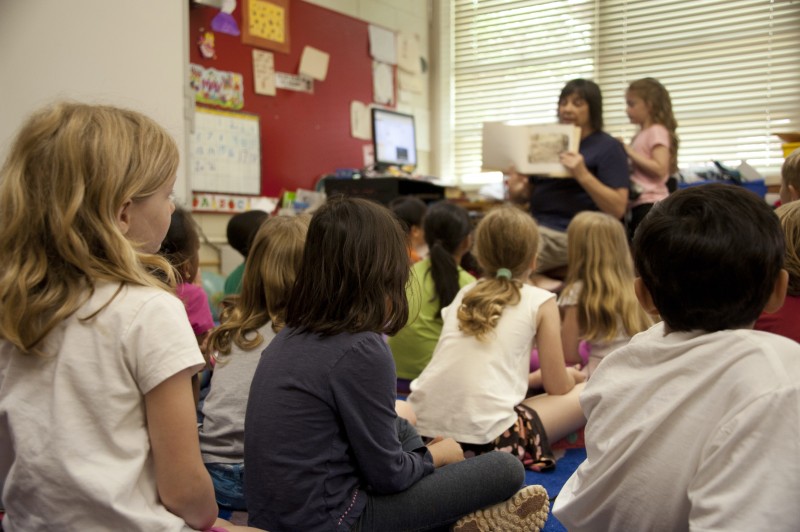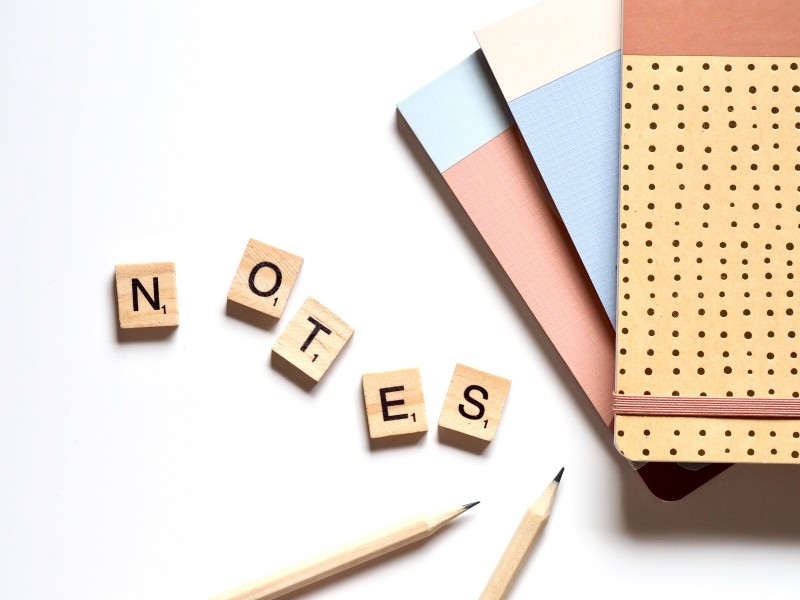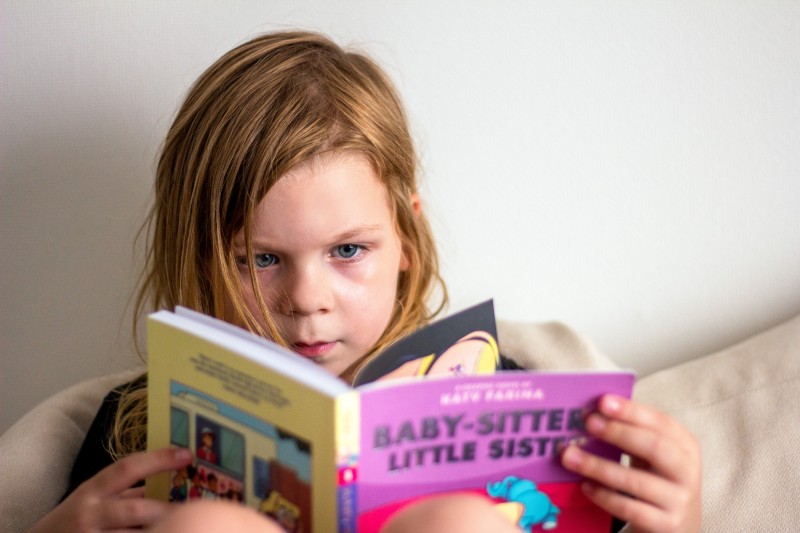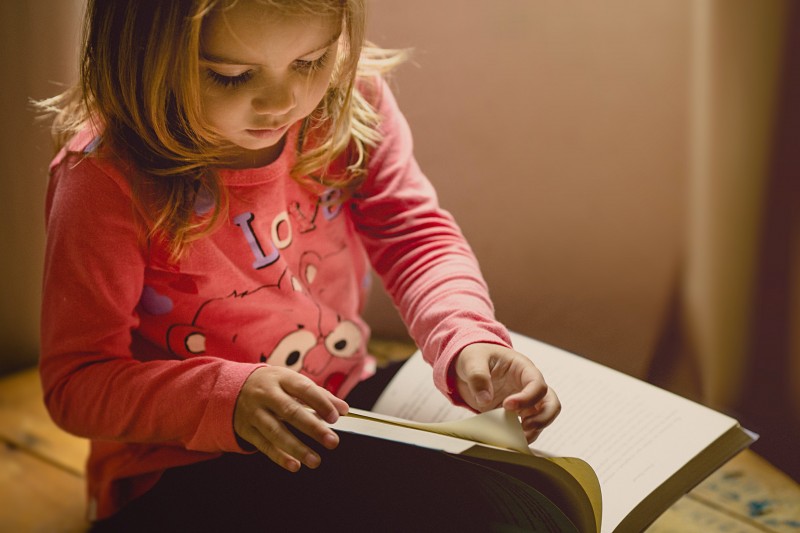The Rhythm for Reading blog
Time and Space: From Rockets to Reading development
24 October 2022
From calculating the magnificence of planetary orbits to the pulse of electrons in the atomic clocks first used by NASA in the 1960s to control space exploration, rhythmic precision has been the focus of scientific research for millennia. In fact, the first mission to the moon was delayed because a lack of reliability among the best clocks of the era, which lacked sufficient precision to guarantee that the Apollo mission would not miss the moon altogether. It was only when the atomic clock was developed that NASA knew that the rhythmic precision of the movement of the caesium electron particles was sufficiently reliable to sustain the controlled trajectory of the Apollo 11 moon landing. This principle can be backwards engineered to apply to reading as well. If the rhythmic element of a child’s reading lacks a strong trajectory, there is insufficient coherence between individual words and syllables. This is why the grammatical structures of the language are not detected by the child while she reads and the message does not land. When this happens, reading becomes nothing more than a frustrating exercise in decoding.
Just as NASA realised that controlling the trajectory of a rocket depended on the regularity of tiny units of time, so must teachers realise that reading is a series of phrase shapes that are guided by rhythm and fuelled by cognitive attention.
Rhythm and Rainbows
17 October 2022
When I meet with teachers, they want to know exactly how the Rhythm for Reading programme works. The first thing to establish is that rhythm is all around us. That cannot be denied. All around us there are tides, seasons, migratory flows of animals and birds. In our own bodies, the physicality of rhythm is present in our heartbeat, our breath, the way we chew food, run, walk and swim. There are also multiple rhythmic patterns in the way that we communicate with each other, ranging from soothing to abrupt utterances. These are universal responses to rhythms that the human nervous system recognises in relation to our breath, our heartbeat and our physical activity.
In fact, communication through language is related to the role of the nervous system in the regulation of our behaviour. If we say, “Watch out!” our message is urgent, abrupt and short. We would have delivered it with a boost of energy and a fast trajectory. The trajectory is the rainbow shape from the first word to the final word of an utterance and it is fuelled by the energy of speaker’s voice and secondly by the receptivity of the listener’s attention. Someone, hearing “Watch out!” who doesn’t speak English would have understood the meaning of the words, because of the universal shape of the abrupt utterance as a warning signal.
In a longer utterance, the opposite is true. The trajectory from the first word to the final word involves tiny adjustments in the lengths of syllables that relate to one another in grammatical speech. These subtle signals can only be detected if the energy in the voice is reliable and consistent enough to bring coherence to the shape of entire trajectory.
Fortunately, the evolution of our articulatory system in coordination with our breath and our ability to monitor our speech utterances ensures that we achieve all of these feats rapidly and automatically in hundredths of a second. This is why, for the most part, we’re unaware of the rhythmic patterns in our everyday speech.
Rhythm, breath and well-being
10 October 2022
Breath is an important part of the Rhythm for Reading programme. We use our voices as a team in different ways and this engages our breath. In the early stages of the programme we use rapid fire responses to learn the names of musical notes and our breath is short, sharp and strong - just like the sounds of our voices. Even in the first session of the programme we convert our knowledge of musical notes into fluent reading of musical notation and when we do this our breath changes. Instead of individual utterances, we achieve a flowing coherent stream of note names and our breath flows across the length of the musical phrase for approximately six seconds. This time window of between five and seven seconds is a universal in human cultures. Did you know that the majority of poems are organised rhythmically into meaningful units of between five and seven seconds in duration?
A long slow exhalation is associated with calming the nervous system, even though the energy in the Rhythm for Reading session is playful and the sense of teamwork is energising. The unity between the children and teachers taking part in the programme fosters a sense of belonging which further boosts well-being alongside the calming effect of the long slow exhale.
When I first meet teachers, they often share that they feel anxious about reading musical notation, but one of the most beneficial aspects of taking part, is that our long slow exhale as a group is actually an effective way to sooth anxiety. The smiles at the end of the first musical phrase show a powerful release of emotional tension through the unity of rhythm and breath.
Rhythm, attention and rapid learning
3 October 2022
There are many different forms of attention. Neuroscientists have studied the development of cognitive attention in children as well as the different types of attention that we experience. Boredom and repetition generate a trance-like state of attention, whereas novelty and a switch in the stimulus generate a shift and a rapid reset of attention. The attention span exists to protect us, to feed us and to ensure that our genes succeed us in future generations. This is why the attention span is adaptable and can be trained to become longer or shorter using reinforcements such as rewards or threats. Ultimately, the attention span is involved in predicting when and where the next reward or threat will take place.
If a chid has experienced a threatening situation such as a war zone, they are likely to flinch in response to loud noises and their attention is likely to be highly vigilant, having been trained by the environment to monitor potential threats. A chid raised in a calm and enriched environment is likely to have fostered a natural curiosity for the world around them and to have interacted in reciprocation with it. Conversational turns in such an environment are the rhythmic hallmark of social interactions, and according to researchers contribute to emotional well-being and language development (Zimmerman et al., 2009).
The Rhythm for Reading programme offers an opportunity to move children away from a vigilant state, to a rhythmically responsive form of attention that involves reciprocation and builds receptivity and stamina. The attention system is dynamic and is particularly responsive to setting and emotional set point. If a child was threatened repeatedly at school, for example by a bully, then vigilance in the attention system would affect the child’s learning to some extent.
By the same token, it’s important that Rhythm or Reading sessions take place in the same place, on the same day of the week and at the same time of day to establish the regularity of exposure to rewarding experiences. Knowing where and when positive experiences occur, such as feelings of personal safety, social connection, a boost to well-being, engagement with rewarding patterns and calming breath work, which are nurtured during Rhythm for Reading sessions is important. The anticipation and experience of weekly Rhythm for Reading sessions enables a child’s attention system to recognise the sessions as a ‘real’ part of their environment. A consistent pattern in the children’s lives enables a deeper sense of anticipation and supports rapid learning during the programme.
Zimmerman, E.J., Gilkerson, J.,Richards, J. A., Christakis, D.A. Xu, D., Gray, S., Yapanel., U. (2009) Teaching by listening: The importance of adult-child conversations to language development. Pediatrics, 124 (1), 342-349, doi: 10.1542/peds 2008-2267
Fluency, Phonics and Musical Notes
26 September 2022
The phonics wars raged back in the days leading up to the publication of the 2006 Rose Review. The value of synthetic versus analytical phonics was one of the key educational debates of the decade. At that time, the fragile readers that I was working with as part of my PhD, struggled to decode a simple C-V-C word (consonant-vowel-consonant) such as ‘cat’. I was glad that, following the publication of the Rose review all children would be taught systematically to recognise letter-to-sound correspondence, as well as being explicitly taught to recognise the smallest sounds of language. It was unacceptable to me at that time that the phonemes of simple three letter word such as ‘c-a-t’ were a new discovery for vulnerable children at nine years of age.
Below the radar of the mainstream media, music educators were digging deeply into their own entrenched positions around the teaching of musical notation. Unfortunately, these ideologies and their false narratives have limited access to the development of important musical skills and musical knowledge. Decoding musical notes (like any other form of reading) opens up access to participation in a multicultural global community. In the case of music, this community consists of performers, listeners, arrangers, publishers and composers, who engage across ever-expanding musical genres, including sound tracks for video games, film and television. Music educators’ ideologies have limited access to creative opportunities for too long.
Most children start school with thousands of words and hundreds of melodies in their heads. Yet, in schools and music studios, one of the most limiting and perhaps most misunderstood ideologies stemming from high profile music educators, is that of ‘sound before symbol’. Music teachers have been told for decades that best practice involves singing and naming the shapes of tunes using doh, re, mi. Only when the tune has been learned ‘by ear’, are the visual symbols introduced. The idea that a sound must be taught before introducing a symbol to represent it, has a certain logic, but sound does not need to be taught in this way because sound is processed incredibly rapidly in the auditory system and was the first of our sensory processing systems to reach full maturity in utero.
Ofsted’s July 2022 publication supports moving away from the principle of sound before symbol and recommends a stronger commitment to the teaching of musical notation as a part of a broad and balanced curriculum. In the teaching of reading, automated phoneme-to-grapheme correspondence is the key to the rapid development of fluency. Indeed this usually involves presenting the sound with the symbol using rapid response multi-sensory teaching methods. In the Rhythm for Reading programme, we teach sound with symbol correspondence using a rapid response multi-sensory approach to musical notation and therefore prioritise fluency as the overriding goal.
Get in touch by visiting the contacts page if you would like to boost reading fluency in a ten-week period and gain the additional benefit of teaching every child to read musical notation fluently in the very first session of the programme.
Fluent reading is not just our goal, it’s our foundation
20 September 2022
I believe that together, as educators on a mission to make a difference, we must raise standards in reading. The Rhythm for Reading programme offers a mechanism to achieve this. It provides a cumulative and structured approach that supports inclusive teaching and learning.
For instance, there is absolutely no need to break down tasks. We strive to lighten the cognitive load on working memory as an inbuilt feature, and this is why pupils experience the satisfaction of reading musical notation fluently in the very first week.
Although most curriculum subjects encourage progress in speaking or writing or problem-solving, our approach is multi-sensory: we develop children’s rhythmic sensitivity in a range of different ways.
On the one hand, the materials and resources are designed to sustain the fluency of the children’s reading, and on the other hand we adapt the level of challenge by working with the children’s ears, eyes, voices, hands and feet in ever-changing combinations.
The Programme engages working memory with sensitivity. It strengthens cognitive control across the ten weeks by gradually increasing demands on cognitive flexibility week by week. In each weekly session, the pupils build up their repertoire of routines and techniques. Ease is maintained all the while, supporting fluency and control in the execution of all the tasks. Most importantly of all, the primary goal is to support an ethos of inclusivity by maintaining the pupils’ emotional security at all times.Fluency is established at the start and it is maintained right through to the end of the ten weeks. Fluent reading is not just our goal, it’s our foundation.
Memories of Her Late Majesty the Queen
12 September 2022Like so many people, I’ve been deeply saddened by the passing of our Queen. Even though I never had the honour of meeting her, I now realise the powerful extent to which she has provided a reassuring presence in my life. HM the late Queen presided with an incredibly serene sense of duty, but above all she led by example. I remember, as a seven year old child, learning to play the piano and reading for the very first time, the back cover of my piano music booklet. There was detailed information about the ABRSM exam board and I saw that the Queen was their patron. My attitude changed immediately. I straightened my back and doubled down on my efforts. As far as I was concerned, this slim red music book obviously mattered to the Queen, and so it now mattered to me, so much more. That day, I made a childish wish to play for HM the late Queen and seven years later that wish came true, when a small musical ensemble I played with was invited to provide the music at the opening of our local shopping centre. I caught a glimpse of the Queen that day, which was thrilling for me. I am deeply grateful for her undiluted dedication to us all throughout her magnificent reign and send my deepest condolences to her family.

Education for Social Justice
5 September 2022
The Rhythm for Reading programme is deeply rooted in education for social justice. My personal mission is driven by my commitment to the development of inclusion in society, and built on the principle of equity in education.
I have worked in leading independent schools such as Alleyn’s, teaching the children from some of the country’s most privileged families, and yet I believe in empowering all children. I am writing this to share with you the mechanism that we can use together to raise standards in reading. Together, we can raise standards in reading and the Rhythm for Reading programme offers a mechanism to achieve this.
By empowering children with a lifelong love of reading, we can protect their mental health. An additional benefit of the Rhythm for Reading programme is that it launches the children into the world of musical notation, which they learn to read fluently, right from the start of the ten week intervention programme.
This is what we aim to do in Rhythm for Reading:
- to raise standards in reading.
- to empower staff to sustain those raised standards.
- to train staff, especially the support staff who are helping readers to develop fluency and enjoyment in their reading.
At Rhythm for Reading, we recognise that phonological processing requires:
- phonological knowledge (letter-sound correspondence),
- phonological awareness (sensitivity to the smallest sounds of language)
- awareness of the flow of sounds (rhythmic and grammatical context).
The data gathered from the past 10 years show that the Rhythm for Reading programme improves perceptual sensitivity:
- to the sounds of language,
- to the rhythmic flow of language,
- to the grammatical structure and consequently, the comprehension of language.
Children have reported many changes in their learning behaviour at the end of the ten weeks of the Rhythm for Reading programme, including:
- being able to follow their teacher’s instructions,
- knowing what is going on in the lesson,
- being able to get on with their work because they are able to ignore distractions.
If you would like to find out more, visit the contact page to get in touch and sign up for weekly insights.
